Table of Contents
curating americas painful past
C ulture A merica
Erika Doss
Philip J. Deloria
Series Editors
Karal Ann Marling
Editor Emerita
curating
americas
painful past
memory, museums, and
the national imagination
TIM GRUENEWALD
 university press of kansas
university press of kansas
2021 by the University Press of Kansas
All rights reserved
Published by the University Press of Kansas (Lawrence, Kansas 66045), which was organized by the Kansas Board of Regents and is operated and funded by Emporia State University, Fort Hays State University, Kansas State University, Pittsburg State University, the University of Kansas, and Wichita State University.
Library of Congress Cataloging-in-Publication Data
Names: Gruenewald, Tim, author.
Title: Curating Americas painful past : memory, museums, and the national imagination / Tim Gruenewald.
Description: Lawrence : University Press of Kansas, 2021 | Includes bibliographical references and index.
Identifiers: LCCN 2020048508
ISBN 9780700632398 (cloth)
ISBN 9780700632404 (epub)
Subjects: LCSH: Smithsonian Institution. | Historical museumsUnited StatesCase studies. | MuseumsCuratorshipUnited StatesCase studies. | Museums and minoritiesUnited StatesCase studies. |Collective memoryUnited States. | Mall, The (Washington, D.C.) | United StatesHistoriography.
Classification: LCC E175.4 .G78 2021 | DDC 907.4dc23
LC record available at https://lccn.loc.gov/2020048508.
British Library Cataloguing-in-Publication Data is available.
Printed in the United States of America
10987654321
The paper used in the print publication is acid free and meets the minimum requirements of the American National Standard for Permanence of Paper for Printed Library Materials Z39.48-1992.
To Herbert Kellman
And to the memory of my father,
Edgar Grnewald (19372021)
contents
preface and acknowledgments
This project began during a road trip in February 2001 when I moved from Atlanta to Seattle. One of the few planned stops along the way was Wounded Knee, South Dakota. On my final approach to the remote location, I got stuck in ankle-deep mud on an unpaved road. I had to turn around. Little did I know that this experience would become a key allegory for teaching Americas memory discourse about its painful past. When I finally arrived at the Wounded Knee site, I was surprised, to put it mildly. The only indication that a massacre had occurred there was a vandalized sign and a small memorial. The monument, like the mass grave, was behind a simple chain-link fence, which at the time seemed woefully inadequate to me. The rusty sign was graffitied and riddled with bullet holes. The word Massacre was written on a piece of board screwed to the sign, presumably covering the word Battle ().
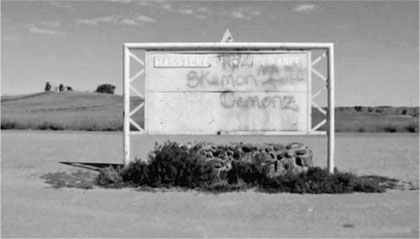
Figure P.1. Graffitied and vandalized sign titled Massacre of Wounded Knee, June 2009. Film still from Sacred Ground.
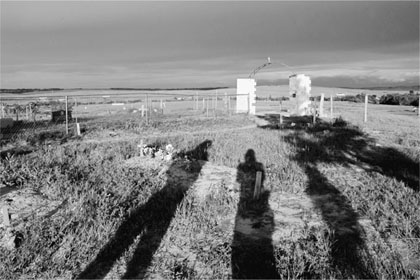
Figure P.2. Mass grave with chain-link fence and surrounding grasslands at Wounded Knee. Production still from Sacred Ground , June 2009. Photo credit: Ludwig Schmidtpeter.
In the early afternoon I continued west and soon passed a road sign announcing Mount Rushmore. I spontaneously decided to take the turn and found myself at the iconic site some two hours after leaving Wounded Knee. The contrast was stunning: massive parking garages; imperial granite architecture, which included a museum and a large amphitheater; an avenue of state flags; and, of course, the mountain carving itself. In addition, I found tourists and the commercial infrastructure to match one of the United States most popular destinations that attracts some four million visitors per year (). I felt that I had learned more about Americas fraught relationship with its painful past on that day than during many years of studying American culture and history. I decided to return and capture this experience in a documentary film.
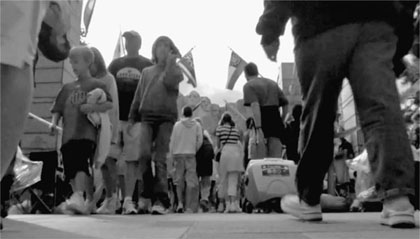
Figure P.3. Granite, flags, and mass tourism at Mount Rushmore, July 2009. Film still from Sacred Ground.
Eight years later, I spent the better part of a summer in South Dakota to film and interview at Wounded Knee and Mount Rushmore. Only then did I learn about the troubled relationship between the two memory sites. The views among the Oglala Lakota on Wounded Knee exposed my naivete. Memory at the site was much more complex than I could have imagined, and opinions were as varied as the people I talked with. However, their disdain for Mount Rushmore was unanimous. In their view, Mount Rushmore represented a terrible insult on top of the injury that had been done to them. The US government had carved the faces of men who symbolize their painful past into the Black Hills, into the very rocks and spires that are the most sacred place in the world to the Lakota, including the very victims and survivors of the Wounded Knee Massacre and their descendants. Meanwhile, that same monument had become a mass pilgrimage site of American patriotism and the setting for one of the nations most prominent celebrations of Independence Day.
We portrayed these incompatible memory discourses in the film Sacred Ground , which was released in 2015. It explores the contrasting memories and mythologies about the American past, including the collective violence perpetrated at Wounded Knee. I would have never embarked on this film project and much less completed it without my collaborator and friend Ludwig Schmidtpeter, who contributed his extraordinary visual and artistic talent and codirected Sacred Ground .
I thank all interviewees and especially the three main characters in our film, who generously taught us about memory of the painful past and the relationship of that past to pain in the present. From local historian and storyteller Larry Swalley, I learned about Lakota conceptions of time and history, the notion of a past that reaches into the present and the future. Tom McCann, the director of Re-Member, a nonprofit dedicated to service and teaching about painful past, told us about statistics of poverty and life expectancy on the Pine Ridge Reservation that were hard to fathom. (Very little of those conditions have changed in the decade since then.) Finally, author Mark St. Pierre explained the systemic nature of poverty on the reservation caused by the relationship with the outside world, which is directly related to the violence and injustice of the past. Together, they taught me how the pain on Pine Ridge today was deeply rooted in the past. And certainly, remembering the painful past would not guarantee anything, but it seemed obvious that memory was a prerequisite on the way to change. The discourse of Mount Rushmore epitomized that American society at large was not yet willing to face its painful past.
In a sense this book is a sequel to the film in the form of academic writing. It seeks to pull into focus the stark tensions between national memory of collective violence and a patriotic imagination of national history. The book brings this inquiry from the periphery of rural South Dakota to the political center of power and the monumental core of the United States on the National Mall. Focusing on the nations most popular historical museums, the National Museum of American History, the National Museum of the American Indian, the National Museum of African American History and Culture, and the United States Holocaust Memorial Museum, the book examines how they remember and frame Americas painful past in the hyperpatriotic context of the National Mall. This project and my entire research program on memory have grown out of my initial collaboration and discussions with Ludwig, for which I am deeply grateful.



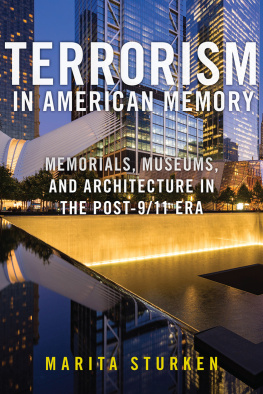
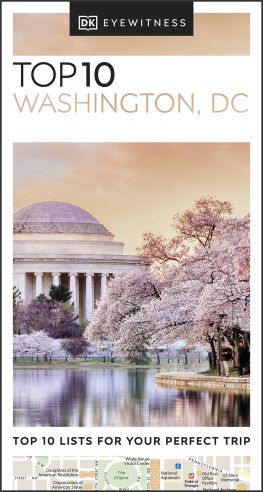


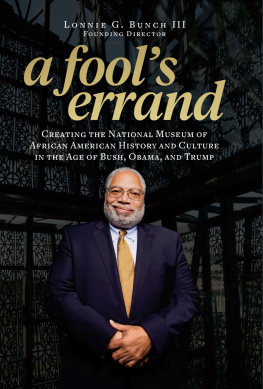
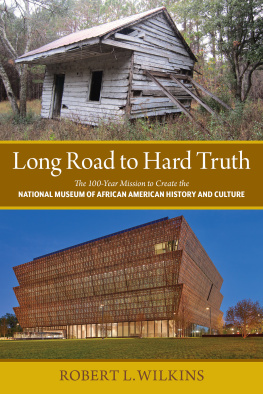
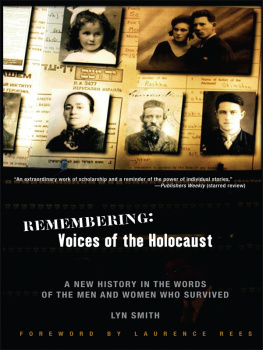
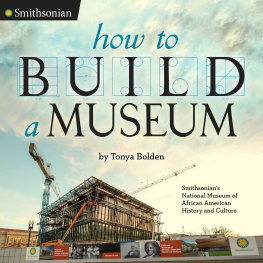
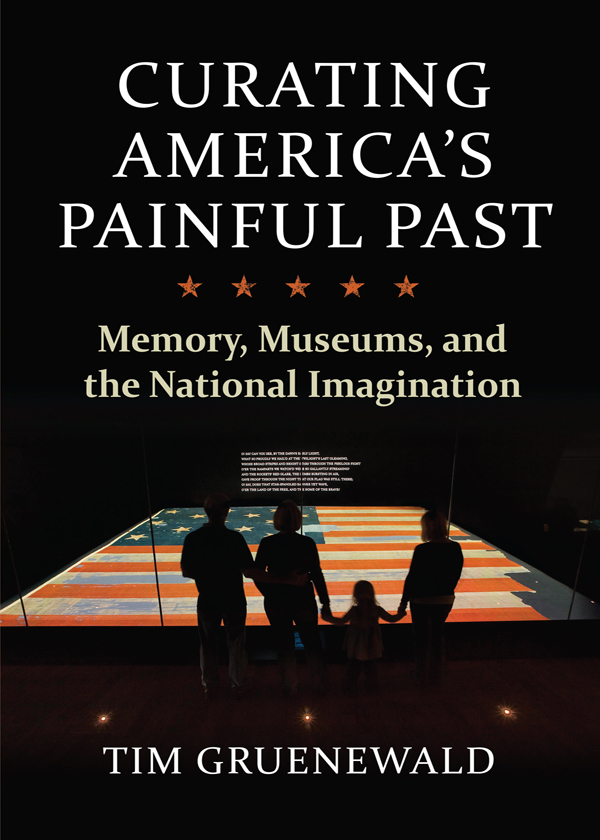
 university press of kansas
university press of kansas

